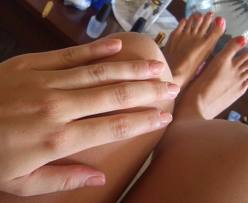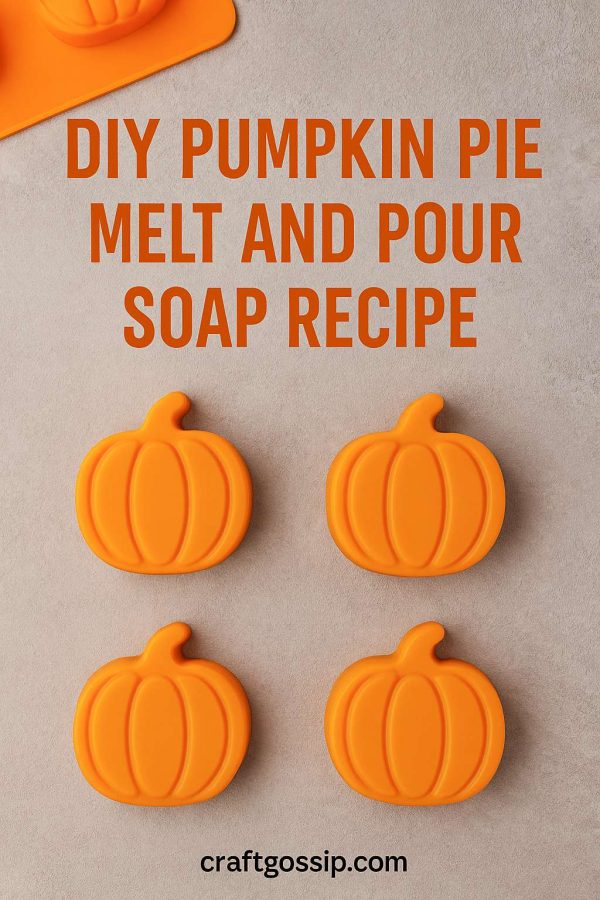 Toluene and formaldehyde, used widely in commercial cosmetic polishes, can cause throat irritation, rashes, headache, nausea & asthma. If you are like me and partial to a bit of polish on your nails there are a few good natural alternatives.
Toluene and formaldehyde, used widely in commercial cosmetic polishes, can cause throat irritation, rashes, headache, nausea & asthma. If you are like me and partial to a bit of polish on your nails there are a few good natural alternatives.
Try buffing your nails with beeswax, cocoa butter or a tiny amount of vegetable oil and soft cloth. Naturally buffed, nicely shaped nails look luxuriously pampered. Buffing is good for your nails, as it stimulates circulation in the nail bed which helps the nails to grow stronger. When buffing be sure to buff them in an up-and-down motion, this stimulates blood flow and creates a glorious sheen.
Here is a natural alternative to a DIY french polish obviously it wont look these  but it will still look natural, wont cost the earth and is chemical free.
but it will still look natural, wont cost the earth and is chemical free.
YOU WILL NEED…………
Henna powder
Hairdryer
Nail Buffer
White Pencil
HOW TO……….
Mix some henna powder with water to make a paste, apply a 1mm layer to clean dry nails.
Dry with hairdryer ( careful not to get to close or hot you may burn your self ) The warmth will intensify the colour.
Rinse off dry the nail then proceed to buff them to a high polish. Your nails should resemble pretty pink seashells.
Run a white pencil under the tips to accent them and create the effect of a french polish.
Henna is a must have for DIY at home hair & nail conditioning treatments. It will prevent both from splitting and give them a glorious shine.

Hello- I am a licensed manicurist of 13 years and these are all very good tips to follow, but don’t forget to gently push the cuticle back after the shower when they have absorbed some water. Overgrown cuticle tissue can slow the growth of healthy nails.
Everything is quite open and really clear explanation of troubles. was truly details. Your site is extremely useful. Many thanks for sharing.
Loved the tips thanks so much.